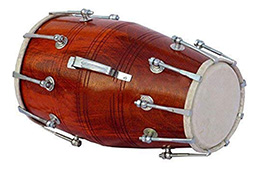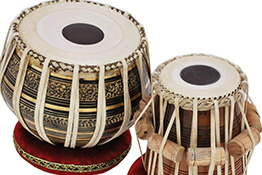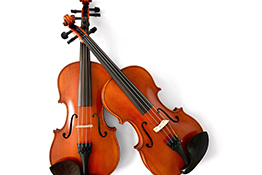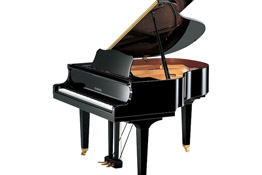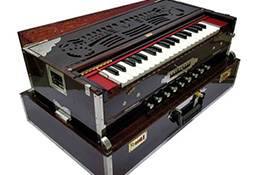
Introduction:
The harmonium, a keyboard instrument with a rich history, has been an integral part of various musical traditions around the world. Known for its distinct sound and portability, the harmonium has found a place in religious ceremonies, folk music, and even contemporary genres. In this blog post, we delve into the fascinating origins, construction, playing techniques, and cultural significance of the harmonium.
1. Origins and Evolution:
The origins of the harmonium can be traced back to the 19th century in Europe. It was developed as a portable alternative to the pipe organ, allowing musicians to have a similar sound without the need for extensive infrastructure. The harmonium's popularity quickly spread to different parts of the world, including India, where it became an integral part of Indian classical music and devotional music.
2. Anatomy and Construction:
The harmonium is a keyboard instrument that works on the principle of air passing through reeds to produce sound. It consists of a series of reeds, a wind chest, a bellows, and a keyboard. The keys are connected to small valves that control the airflow to individual reeds. The bellows, operated by foot pedals or hand-pumped, supply the air pressure required to create sound.
3. Playing Techniques:
Playing the harmonium requires a combination of keyboard skills and control of the bellows. The musician operates the bellows to control the intensity and sustain of the sound while simultaneously playing the desired notes on the keyboard. The harmonium allows for expressive playing through techniques such as dynamic variations, ornamentation, and the use of stops to modify the sound.
4. Variations and Types:
The harmonium has undergone various modifications and adaptations over the years, resulting in different types and variations. In addition to the standard harmonium, there are portable models like the foldable harmonium and smaller versions known as tabletop harmoniums. In India, specific variations have emerged, such as the scale-changer harmonium, where the scale can be changed using a lever while playing.
5. Cultural Significance:
The harmonium holds immense cultural significance in different musical traditions. In India, it is a prominent instrument in Hindustani classical music and is used extensively in devotional music genres like bhajans and qawwalis. It has also found a place in other South Asian musical traditions, including Pakistani, Bangladeshi, and Nepali music. In Western music, the harmonium has been used in various genres, including folk, gospel, and even avant-garde and experimental music.
6. Role in Indian Classical Music:
The harmonium has become synonymous with Indian classical music, particularly in the vocal accompaniment known as "harmonium accompaniment." It provides harmonic support and acts as a reference point for the vocalist. The instrument's ability to produce sustained drone notes and its portability make it an ideal choice for accompanying vocalists and instrumentalists in Indian classical performances.
7. Harmonium in Worship and Religious Ceremonies:
The harmonium plays a significant role in religious ceremonies and worship across different cultures. In India, it is often seen in temples, gurudwaras, and during devotional gatherings. The instrument's soulful sound and ability to create a meditative atmosphere make it a popular choice for accompanying devotional singing and chanting.
8. Contemporary Usage:
While the harmonium has deep roots in traditional music, it has also found a place in contemporary music genres. Artists across different musical styles have incorporated the harmonium into their compositions, adding its unique timbre and nostalgic charm. The instrument's versatility and ability to blend with other instruments make it a valuable addition to various musical ensembles.
Conclusion:
The harmonium, with its melodious sound
Related Posts

Reviews
-
Leave feedback about this
